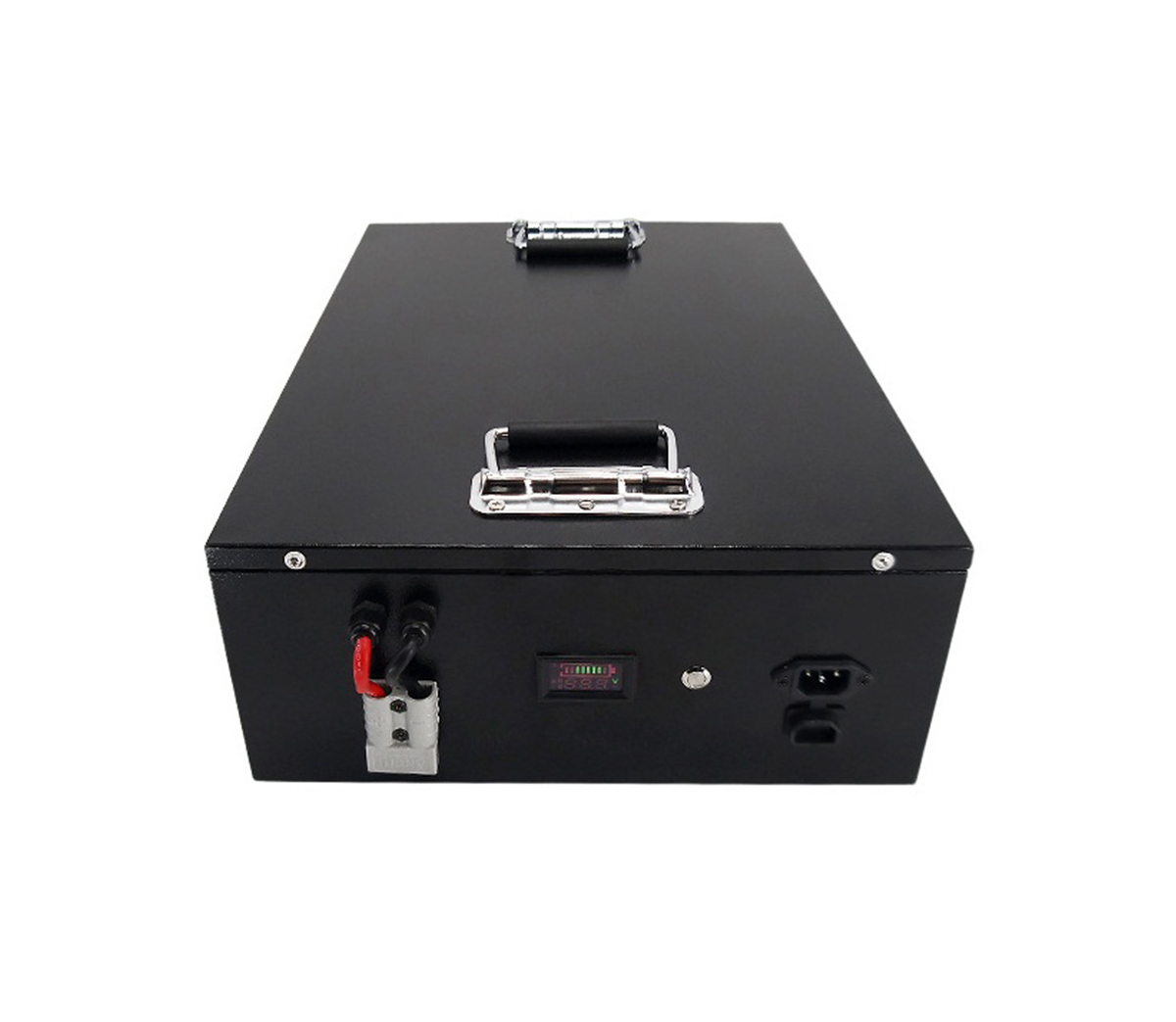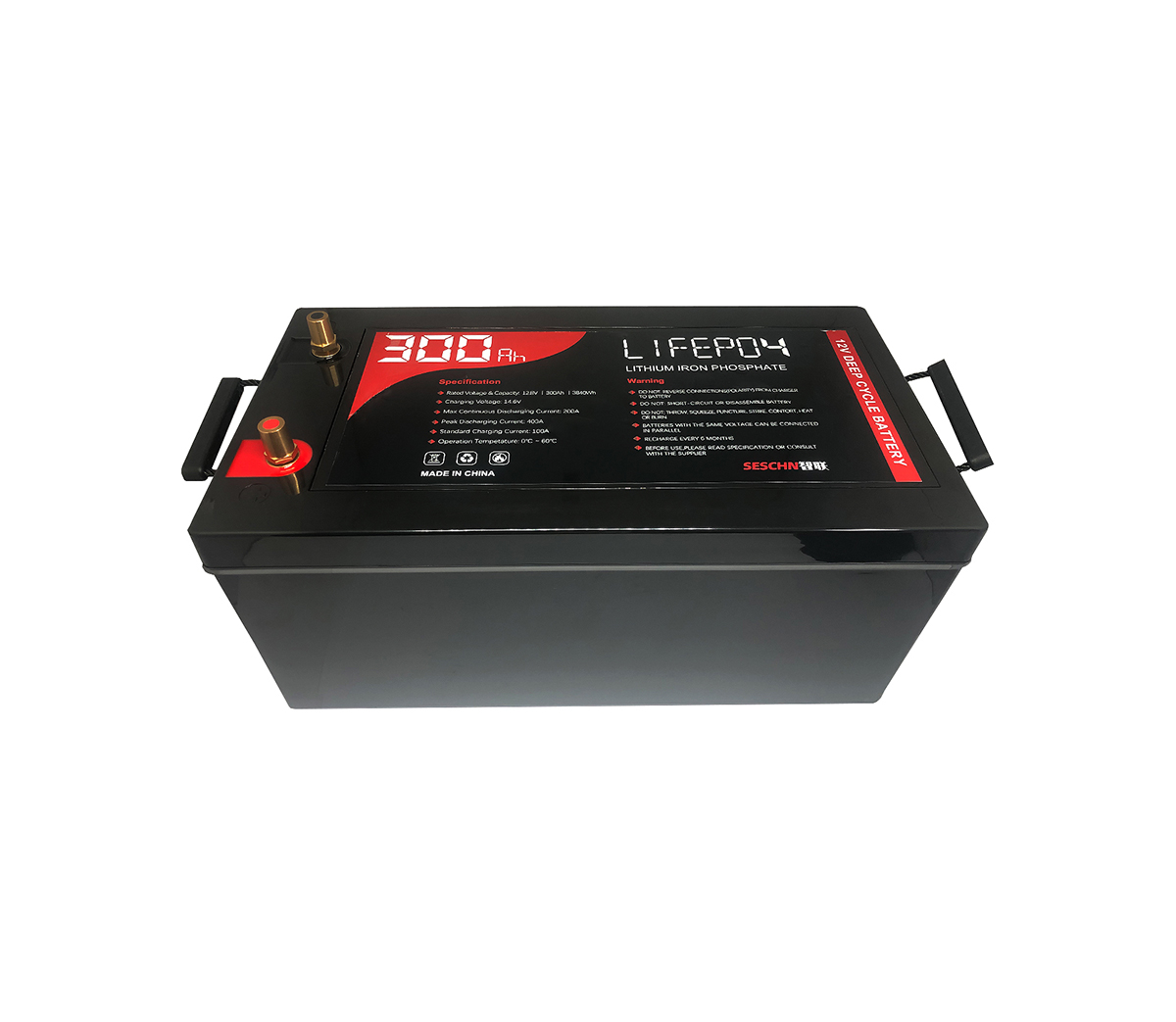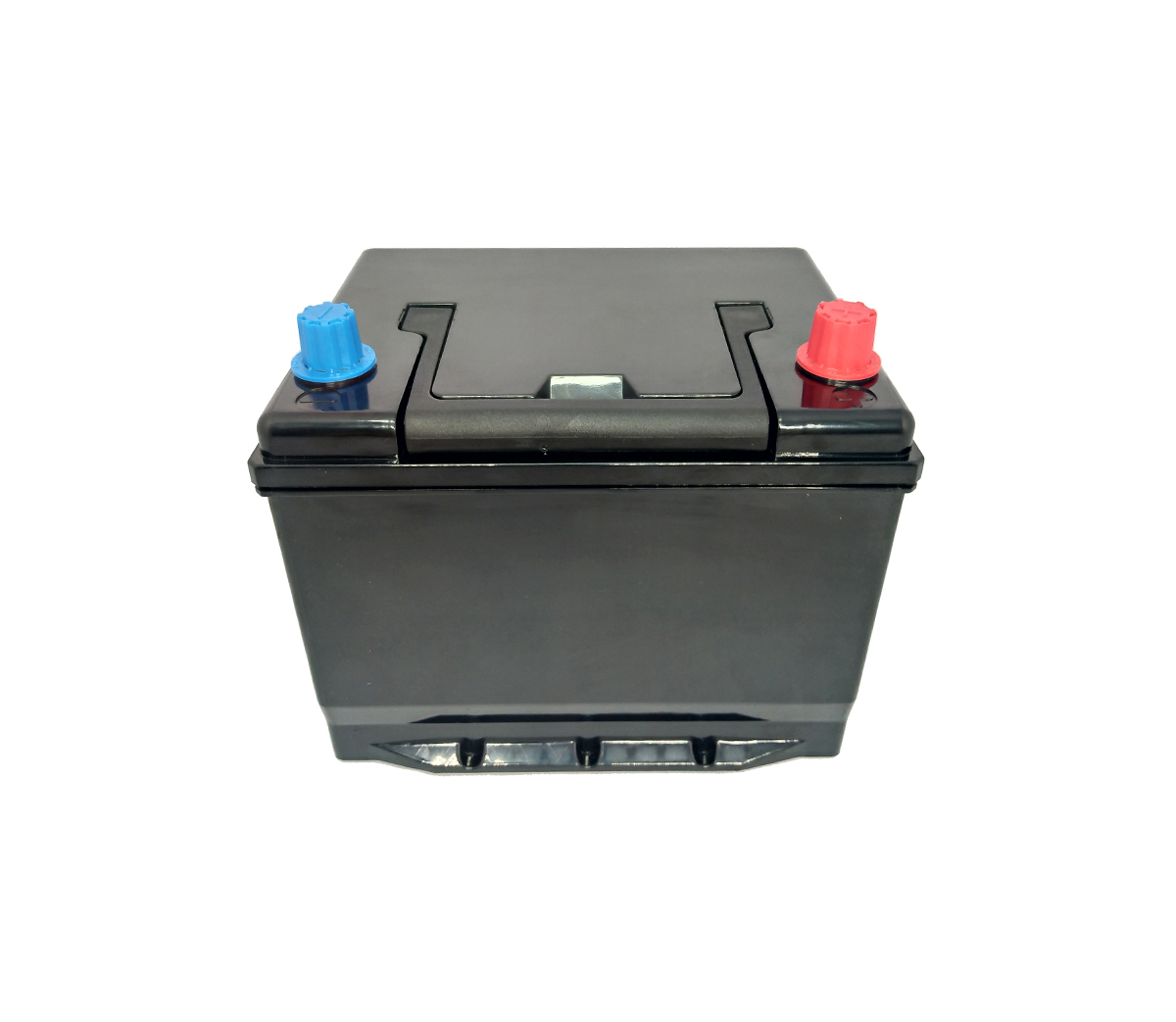Analyze the various parameters of lithium batteries and the necessity of
various protections in detail from the principle
Lithium is the smallest and most active metal element on the chemical
periodic table. Because of its small size, lithium has a high capacity density,
so it is widely welcomed by consumers and engineers. However, the chemical
properties are too active and will bring extremely high risks. When lithium
metal is exposed to the air, it will react violently with oxygen and
explode.
In order to improve safety and voltage, scientists use materials such as
graphite and lithium cobalt oxide to store lithium atoms. The molecular
structure of these materials forms a small nano-scale storage grid that can be
used to store lithium atoms. In this way, even if the battery shell ruptures and
oxygen enters, the oxygen molecules will be too large to enter these small
storage cells, so that lithium atoms will not come into contact with oxygen and
avoid explosion. This principle of lithium-ion battery enables people to achieve
the goal of safety while obtaining its high capacity density.

When a lithium-ion battery is charged, the lithium atoms in the positive
electrode lose electrons and are oxidized to lithium ions. Lithium ions swim to
the negative electrode through the electrolyte, enter the storage cell of the
negative electrode, and obtain an electron, which is reduced to lithium atoms.
When discharging, the whole procedure is reversed. In order to prevent the
positive and negative poles of the battery from directly touching and
short-circuiting, a diaphragm paper with many pores is added to the battery to
prevent short-circuiting. A good diaphragm paper can also automatically close
the pores when the battery temperature is too high, so that lithium ions cannot
pass through and prevent danger.
After the lithium battery cell is overcharged to a voltage higher than
4.2V, side effects will begin to occur. The higher the overcharge voltage, the
higher the risk. When the voltage of the lithium battery cell is higher than
4.2V, the number of lithium atoms remaining in the positive electrode material
is less than half. At this time, the cell often collapses, causing a permanent
decrease in battery capacity. If you continue to charge, since the cell of the
negative electrode is already filled with lithium atoms, subsequent lithium
metal will accumulate on the surface of the negative electrode material. These
lithium atoms will grow dendrites from the surface of the negative electrode
toward the direction of the lithium ions.

Microscopic photo of lithium dendrites
These lithium metal crystals will pass through the separator paper,
short-circuiting the positive and negative electrodes. Sometimes the battery
explodes before the short circuit occurs. This is because during the
overcharging process, the electrolyte and other materials will crack to produce
gas, causing the battery shell or pressure valve to swell and rupture, allowing
oxygen to enter and react with the lithium atoms accumulated on the surface of
the negative electrode, then explode.
Therefore, when charging a lithium battery, the upper limit of the voltage
must be set so that the battery life, capacity and safety can be taken into
account at the same time. The most ideal upper limit of charging voltage for
ternary lithium batteries is 4.20V, and the most ideal upper limit of charging
voltage for lithium iron phosphate batteries is 3.65V.
There is also a lower voltage limit when discharging lithium batteries.
Let's take a ternary lithium battery as an example. When the cell voltage is
lower than 2.4V, some materials will begin to be destroyed. Because the battery
will self-discharge, the longer it is left, the lower the voltage will be.
Therefore, it is best not to stop when the battery is discharged to 2.4V. 3.0V
is the ideal discharge cut-off voltage of a ternary lithium battery, and 2.0V is
the ideal discharge cut-off voltage of a lithium iron phosphate battery.
When charging and discharging, in addition to the voltage limitation, the
charging current must be limited. When the current is too large, lithium ions
will not have time to enter the storage cell and will accumulate on the surface
of the material. After these lithium ions obtain electrons, they will produce
lithium atom crystals on the surface of the material, which is the same as
overcharging, which is dangerous.
Therefore, the protection of lithium-ion batteries must include at least
three items: the upper limit of the charging voltage, the lower limit of the
discharge voltage, and the upper limit of the current. In the general lithium
battery pack, in addition to the lithium battery core, there will be a
protective board, which mainly provides these three protections. However, these
three protections of the protection board are obviously not enough, and there
are still frequent explosions of lithium batteries around the world. To ensure
the safety of the battery system, the cause of the battery explosion must be
analyzed more carefully.




































